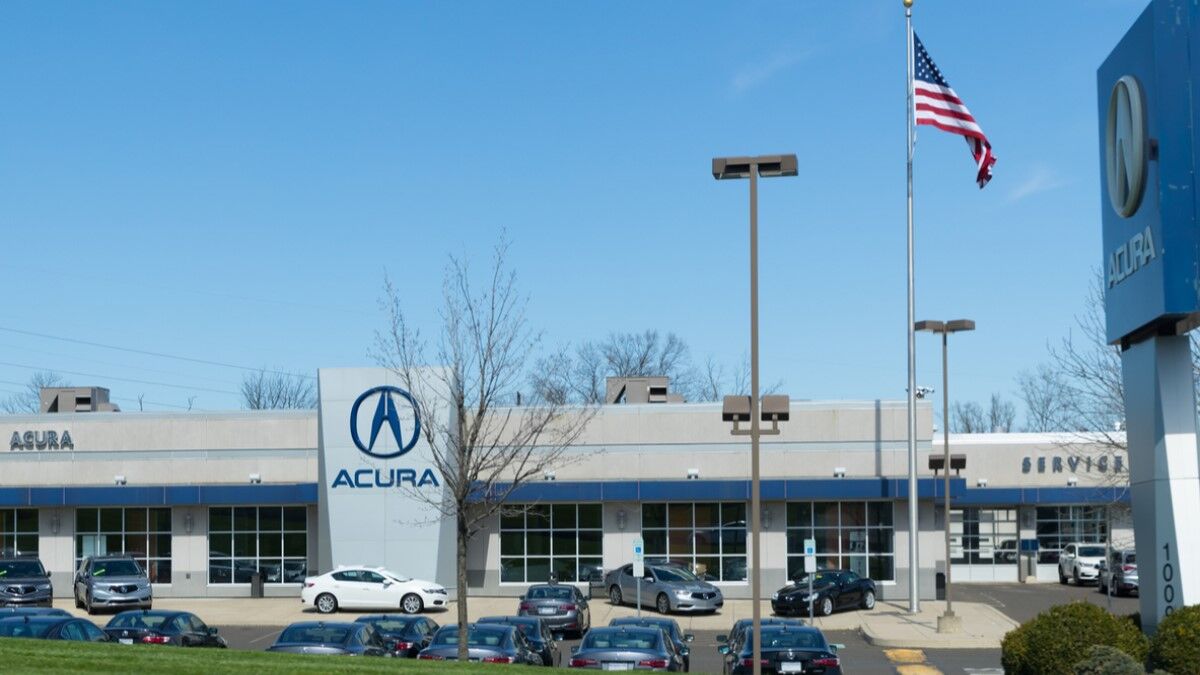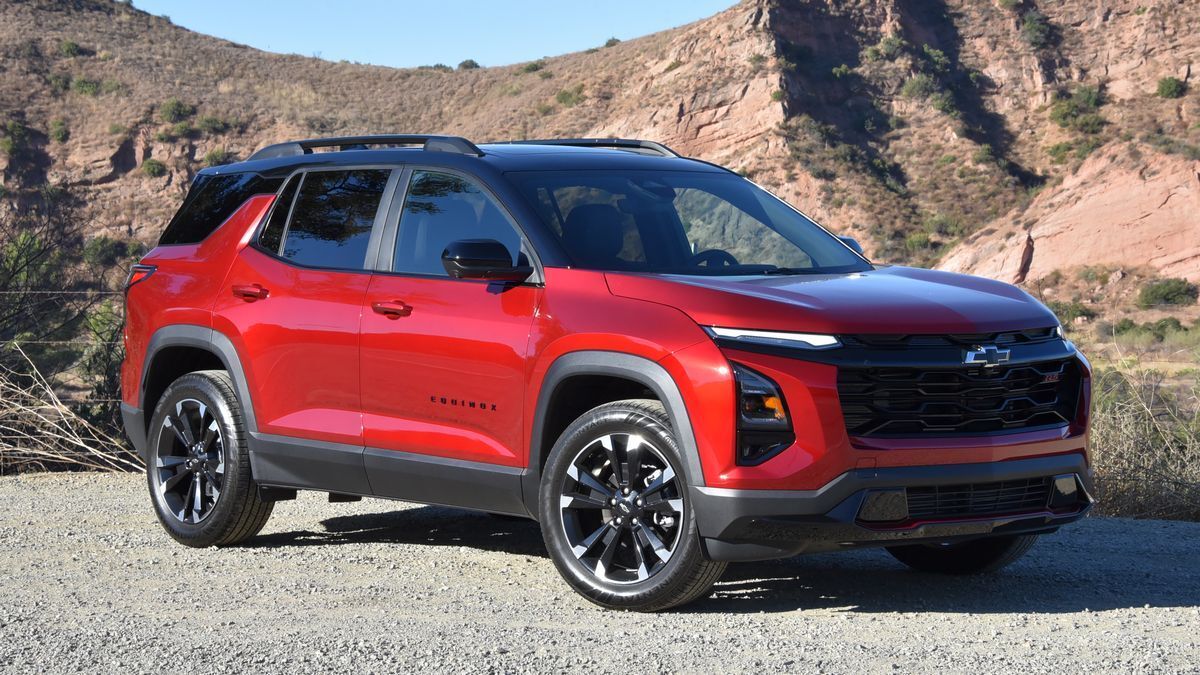Hoping to create an even safer environment for those in vehicles as well as for pedestrians and bicyclists, GM is researching a new driver-assistance feature that it thinks could provide timely advance warnings about potential dangers by exploiting the potential of Wi-Fi Direct. This peer-to-peer wireless standard is found on many of today’s smartphones, and allows the devices to talk directly to each other rather than having to communicate through a shared access point like a cell tower. By reducing the delay interval from nearly eight seconds to roughly one, the system can make the driver aware of a variety of hazards while there’s still sufficient time to respond, helping to avoid accidents from situations like an individual stepping out from behind a parked vehicle or a cyclist riding in the driver’s blind spot.
GM has determined that Wi-Fi Direct technology can be integrated with a number of other sensor-based object-detection and driver-alert systems already available on its production vehicles. It’s now looking to develop a complementary downloadable app for Wi-Fi Direct-capable smartphones that would deliver short but descriptive messages like "bike messenger" or "construction worker" to drivers of these Wi-Fi Direct-equipped vehicles. It also notes that in addition to this wireless pedestrian detection system, ongoing development in its related vehicle-to-infrastructure (V2I) and vehicle-to-vehicle (V2V) communication systems could provide additional types of advance warnings about other hazards, like slowed or stalled vehicles, slippery road surfaces, dangerous intersections and stop signs.








